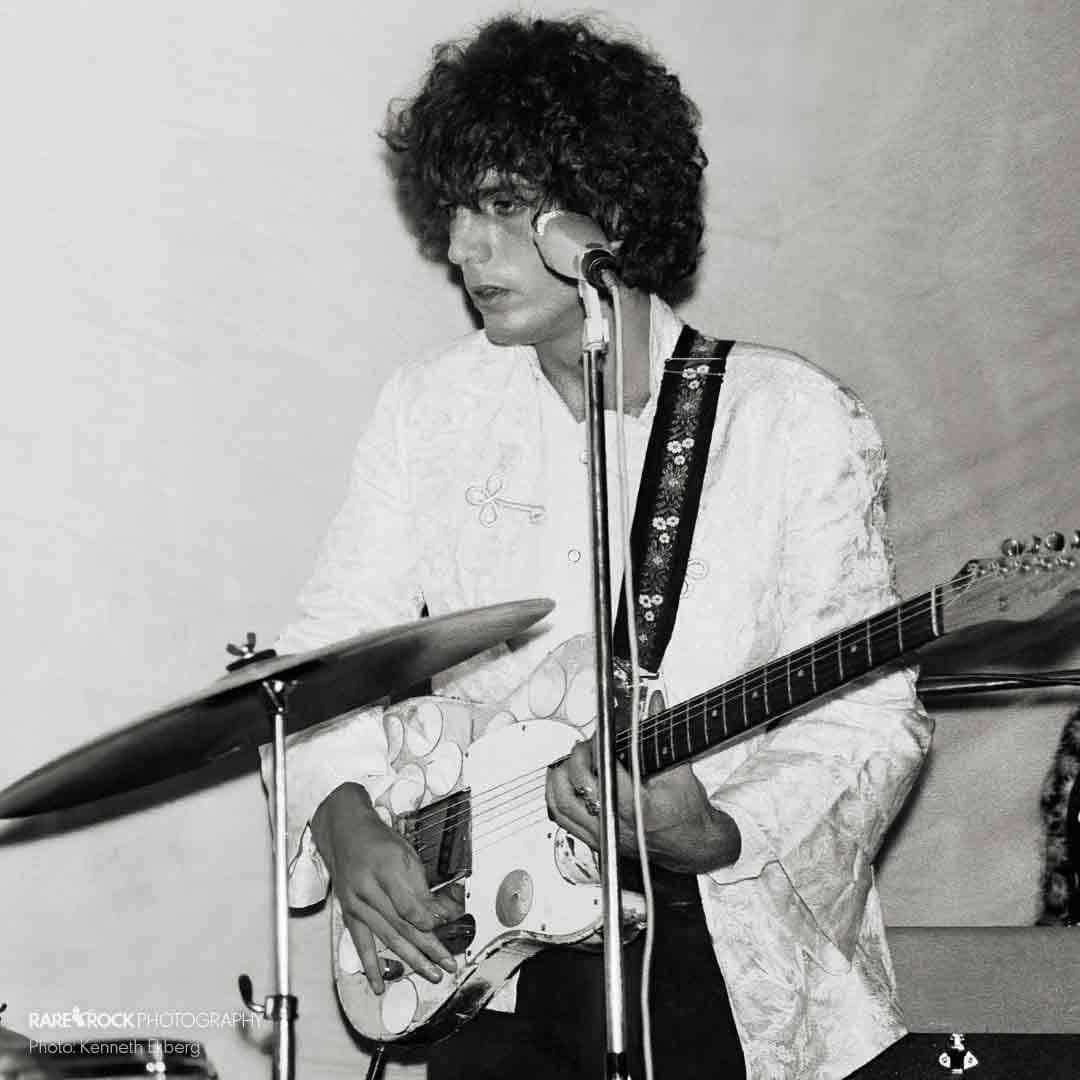News
What Happened to Pink Floyd’s Syd Barrett?
In 1965, the prodigiously talented Syd Barrett led the up-and-coming psychedelic rock band Pink Floyd with his experimental guitar work and fantastical lyrics that captured the imagination of the burgeoning counterculture movement. However, within three short yet meteoric years at the helm of the band he named and founded, Barrett’s escalating use of psychedelic drugs and deteriorating mental health led to increasingly erratic behavior and playing that forced his Pink Floyd bandmates to oust him at the precarious peak of their early success. Replaced by childhood friend David Gilmour, the brilliant but unreachable Barrett slipped into isolation and obscurity, his mercurial genius now the stuff of legend.
Table of Contents
What happened to Pink Floyd’s Syd Barrett?
Syd Barrett was the mercurial genius at the helm of Pink Floyd’s early success, penning avant-garde psychedelic staples like “See Emily Play” and “Arnold Layne” that captured the exploratory creative spirit of 1960s counterculture. However, the mounting pressures of fame, coupled with his growing experimentation with psychedelic drugs like LSD, began unraveling Barrett’s mental health. He became increasingly unstable and detached on stage and in the studio throughout 1967 and into 1968. His bandmates were forced to recruit childhood friend David Gilmour to supplement their live performances while trying to support Syd. But eventually his declining participation and reliability led Pink Floyd to permanently move forward without their beloved leader in early 1968.
Barrett then retreated from public life and released two mostly-overlooked solo albums before withdrawing to his mother’s house in Cambridge for decades. The specifics of his mental deterioration have invited much speculation but little definitive conclusion – was it early-onset schizophrenia exacerbated by drugs? Post traumatic stress from a meteoric rise and fall? Some scholars have challenged the “crazy acid casualty” narrative as an oversimplification for what was likely a complex mix of genetic preconditions, stress, and usage interacting. Yet Barrett himself gave few clues before passing away quietly from cancer in 2006, having spent his later decades focused on simple pleasures like painting and gardening rather than seeking diagnosis or treatment. His brief-but-brilliant career as the unknowable but undeniable genius behind Pink Floyd’s launch into superstardom, punctuated by his tragic disappearance at the peak of their success, has become the stuff of legend.

Unraveling the Mysteries Within the Mind of a Psychedelic Pioneer
While the broad strokes of Syd Barrett’s swift rise and catastrophic mental decline are well documented, the exact nature and causes of his psychological unraveling remain enshrouded in mystery. Attempts to simply chalk it up to “crazy acid casualty” syndrome fail to capture the nuances of his complex story. Barrett’s mental state was likely impacted by a mixture of factors including genetic predispositions, childhood traumas, substance use, as well as the intense pressures and isolating effects of fame.
His post-Pink Floyd solo albums offer glimpses into his fraying mental state yet also contain moments of lucidity and creative brilliance. Music journalists and psychologists alike continue analyzing his avant-garde lyricism and sonic landscapes for insights from one of psychedelic rock’s most enigmatic visionaries. The creative seeds he planted drift through Pink Floyd’s later discography as well as entire genres of experimental and progressive music. Yet out of respect for his desire for privacy in later decades, the man behind the myth remains an unsolvable puzzle.
Perhaps the greatest tragedy lies in seeing such exponential talent silenced so young with so much still unexpressed. But the greater lesson may be learning compassion and dissolving the stigma surrounding neurodivergence or mental health crises. Just as we celebrate Syd Barrett’s brief blazing trail across the night sky, let us illuminate the shadows that also dwell within the minds of geniuses and seek to understand rather than judge those whose stars burn bright but fleeting. The rumors, legends and speculation will undoubtedly persist, but if we listen closely to the man’s own musical testaments, a message of embracing expansive creativity can still emerge from the darkness.

If you want to dive deeper into the origins of Pink Floyd’s cosmic sound, be sure to check out our article exploring the fascinating story behind how Pink Floyd got their name.
Examining the Overlooked Gems in Syd Barrett’s Brief Solo Career
While Pink Floyd emerged as 70s progressive rock titans, their ousted leader Syd was quietly tuning his own path forward. His two 1970 solo records, though commercially overlooked, see him channeled post-Floyd grief into a canvas of folksy introspection and avant-pop whimsy.
We hear Syd alone on traditional tracks like “Dominoes,” fingering bittersweet lyrics over gently picked acoustics à la Nick Drake. Then psychedelic spirit stirs on the warped piano waltz “Effervescent Elephant” as his singular spark gets splashed with weird studio alchemy. He hadn’t lost the knack for the unexpected.
Lyrics balance his signature nonsense wordplay (“a fishy mousetrap twirling dancer”) with vulnerability peering through the MADCAP haze (“a steeple of smiles hides the tears in my eyes”). Some songs like “Dark Globe” even eerily foreshadow inner darkness.
So while less polished than Pink Floyd’s conceptual opuses, these rough-hewn solo statements map Syd’s creative wilderness years. That he even completed two albums amidst struggles shows determination to keep channeling his offbeat muse against commercial odds. Like a meteor seen streaking at night only briefly, these overlooked gems remind that Barrett’s unconquered mind still had visions to share, if we care to listen.
In the end, what truly happened to Syd Barrett remains a mystery locked inside the mind of a genius. His mercurial talent propelled Pink Floyd’s initial liftoff only to flame out amid internal demons and external pressures. Though the man himself withdrew into seclusion, the enigmatic inspiration behind those early masterpieces endures as Barrett’s lasting legacy.




